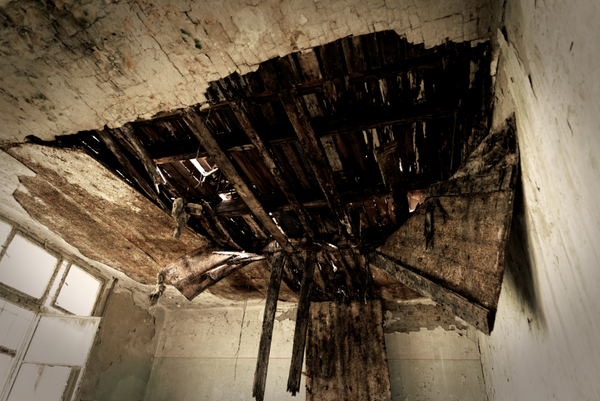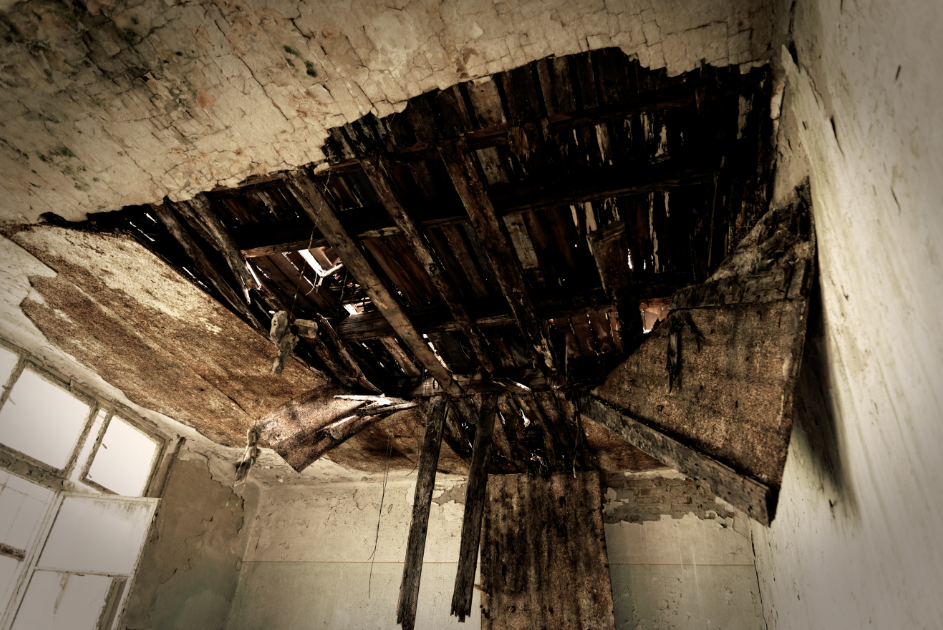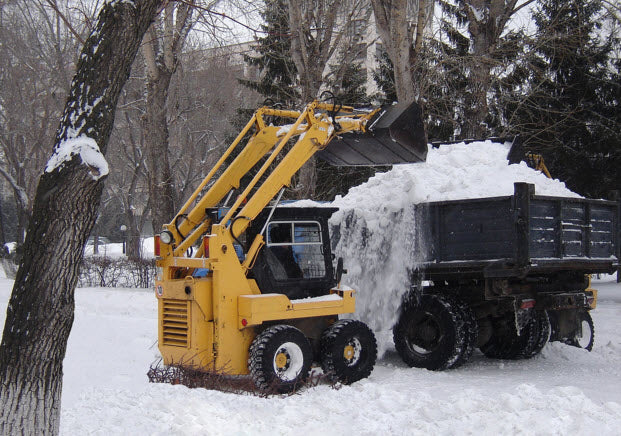
Three-quarters of the water supply in the western parts of the United States are derived from the annual snow and ice melt at winter's end. While this is a natural process that is vital to the ecosystem, the flooding it causes can wreak havoc at commercial or industrial facilities. Any facility situated at elevations of less than 7,000 feet (2,134 meters), and especially in areas near lakes and streams, is in real danger of flooding and water damage from snow melt-off.
High-stacked snow deposits, thick and extensive ice sheets, a sudden rise in temperature, and some additional water in the form of rainfall are a recipe for a significant flood. It is precisely those regions with the coldest and snowiest winters that usually will experience the worst flooding incidents when winter finally begins to recede.
Obtaining quality water damage and flood insurance and having a disaster preparedness plan will be critical in dealing with the annual flooding threat, but there are also ways to manage that threat. Ten of the best ways to minimize the effects of flooding and prevent water damage from snow and ice melt include:
1. Pay Close Attention to Forecasts
When a sudden rise in temperatures and/or rain is forecast while deep layers of snow and ice are still on the ground, consider that a warning sign. Also be sure to pay attention to official flood alerts.
2. Power Down Before a Flood
If a flood seems likely and you know there are electrical outlets that could be submerged in the aftermath, power off the facility's main breaker just before the water arrives.
3. Seal Foundation Cracks
It is natural for small cracks and fissures to develop in foundation walls, but these need to be sealed up with masonry caulk or hydraulic cement to prevent leakage.
4. Install a Back-flow Valve
Nothing is worse during a flood than backed-up sewage lines. Invest in a back-flow valve, and you will save yourself some costly water damage repairs.
5. Install a Sump Pump
Lower levels of the building should be equipped with a sump pump to keep water from rising to higher levels and to drain the water. If you already have a sump pump, test its regular and back-up batteries and make sure it is not clogged or pointed the wrong direction.
6. Move Valuables to "Higher Ground"
If your facility has valuable rugs, furnishings, or electronics in below-ground areas, move them to a higher room. If heavy equipment is too difficult to move, place it on concrete blocks at least a foot above expected flood levels.
7. "De-Snow" Your Foundation
Snow sitting piled up against a building's foundation is "water damage waiting to happen." There is no reason not to shovel it back a safe distance before temperatures are projected to rise above freezing.
8. Clear Out Sewage Drains and Downspouts
Inspect and unclog all gutters, downspouts, and drains before the snow melts or water may back up and seep into the building. Also make sure that there is no debris obstructing any sewage drains in the parking lot.
9. Have Sandbags on Standby
You can use sandbags to protect critical structures like outdoor storage shacks from water damage, so make sure you have several in stock before winter stars.
10. Remove Rooftop Snow and Inspect the Roof for Damage
While an inch or two (3 to 5 cm) of rooftop snow is acceptable, you may want to hire a professional to remove excess snow from your roof before it melts. When snow on the facility roof begins to melt, it may enter the building through holes that were small before winter began but have been widened by the freeze/thaw cycle. Inspect the roof in late fall to minimize the risk.
While you need to guard the whole building, your facility's roof and foundation are key to defending it against annual snow and ice melt flooding. Having a well-thought-out plan and implementing it will save you on costly water damage repairs.


